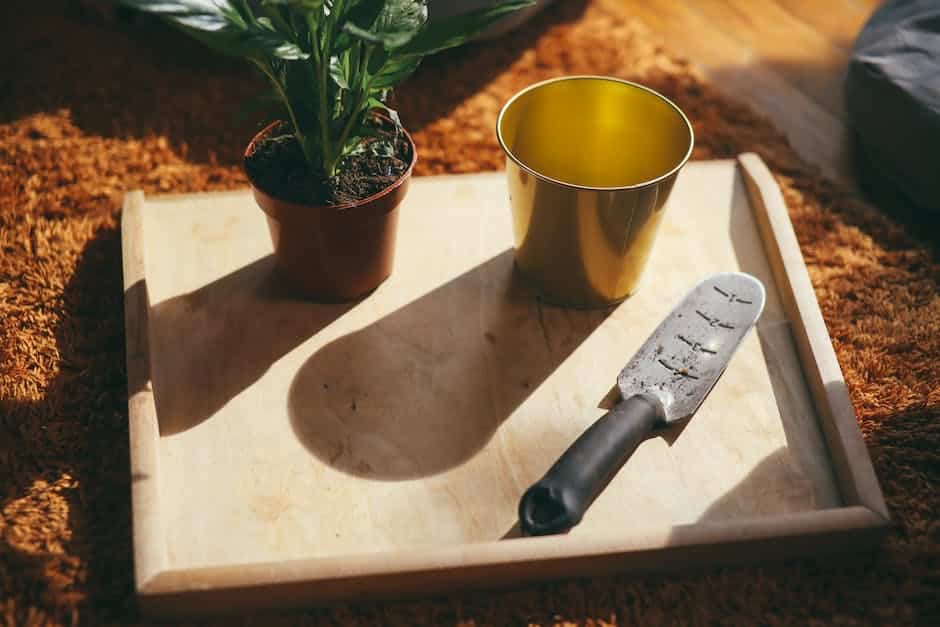How to Build a Standing Garden Box
Are you interested in growing your own vegetables, herbs, or flowers, but don’t have a suitable space in your yard? Consider building a standing garden box, also known as a raised garden bed. This elevated garden structure provides numerous benefits and can be constructed using various materials. In this article, we will explore the steps involved in building a standing garden box, discuss the best materials to use, and highlight the advantages of this gardening method.
Choosing the Right Material
When it comes to building a standing garden box, one of the most popular and recommended materials is cedar. Cedar wood is naturally rot-resistant, which makes it perfect for outdoor use and ensures the longevity of your garden bed. Additionally, cedar has a pleasant aroma and is aesthetically pleasing. Other suitable materials for constructing a standing garden box include cypress, redwood, and pressure-treated lumber. However, it’s important to note that pressure-treated lumber may contain chemicals that can leach into the soil, so it’s best to line the bed with a protective barrier if you choose this material.
Step-by-Step Guide
Building a standing garden box is a straightforward process that can be completed in a few simple steps. While the specific dimensions and design may vary based on personal preference and available space, the following steps provide a general guide:
- Choose a location: Select a sunny spot in your yard that receives at least 6-8 hours of direct sunlight per day.
- Clear the area: Remove any grass, weeds, or debris from the chosen location.
- Measure and mark: Determine the desired size of your garden bed and mark the corners using stakes or spray paint.
- Prepare the ground: Use a shovel or garden tiller to loosen the soil and remove any rocks or roots.
- Build the frame: Construct the frame of your standing garden box using the chosen material. Cut the boards to the desired lengths and secure them at the corners using screws or nails.
- Add a bottom layer: Optional, but recommended, is adding a layer of landscape fabric or cardboard at the bottom of the bed to prevent weeds from growing up into the soil.
- Fill with soil: Fill the garden bed with a mixture of high-quality soil, compost, and organic matter. Aim for a depth of at least 12 inches to provide ample space for root growth.
- Plant and maintain: Once your standing garden box is built and filled with soil, you can start planting your desired vegetables, herbs, or flowers. Remember to water regularly and provide appropriate care based on the specific plants you choose.
The Benefits of Using a Standing Garden Box
There are several advantages to using a standing garden box for your gardening endeavors:
- Better control over soil quality: By creating your own soil mixture, you can ensure optimal conditions for plant growth.
- Deeper soil for root growth: The elevated design of a standing garden box allows for deeper soil, which promotes healthier root development.
- Improved ergonomics for gardening: Raised garden beds are easier to access, reducing the strain on your back and knees while tending to your plants.
- Easier exclusion of pests: The elevated height of the garden bed makes it more difficult for pests such as rabbits or snails to reach your plants.
- Less weed intrusion: By creating a barrier between the soil in the garden bed and the surrounding ground, you can minimize weed growth and make maintenance tasks more manageable.
With these benefits in mind, it’s no wonder that standing garden boxes have gained popularity among home gardeners.
Related Websites:
FAQs:
Q: What are the benefits of a standing garden box?
A standing garden box allows for easy gardening and brings a range of benefits. It provides elevated planting beds, reducing the need for bending or kneeling. It also prevents soil compaction and offers better drainage for healthier plants. Additionally, a garden box adds aesthetic appeal to your outdoor space.
Q: What are the different types and sizes of garden planter boxes available?
Garden planter boxes come in various types and sizes to suit different needs. Some common types include raised garden beds, vertical planter boxes, and self-watering planters. Sizes can range from compact boxes for small spaces to larger ones for extensive gardening.
Q: What materials do I need to build a standing garden box?
The materials needed for building a standing garden box depend on your budget and preferences. Some common options include wood, metal, plastic, or composite materials. You will also need screws, nails, and tools like a saw and drill.
Q: How do I maintain and care for a standing garden box?
Regular maintenance is essential for the longevity of your garden box. Ensure proper watering and fertilizing according to the plant’s needs. Protect the box from extreme weather conditions by using covers or moving it indoors if necessary. Regularly check for pests and diseases and take appropriate actions to prevent or treat them.
Q: What additional features can I add to my garden box?
There are various features you can add to enhance the functionality and aesthetics of your garden box. Consider adding trellises or cages for vertical gardening. Install a drip irrigation system for efficient watering. You can also customize the appearance by painting or staining the box to match your outdoor decor.






